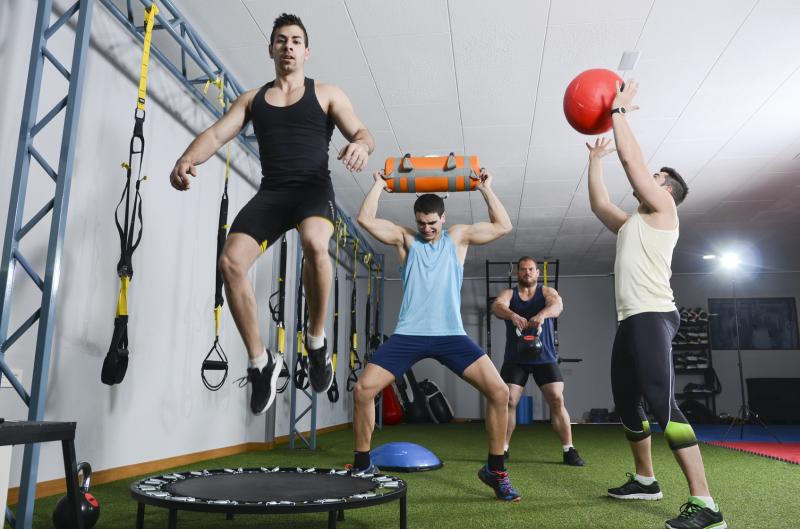
Patients with Crohn’s disease (CD) risk developing osteoporosis and related fractures, but this may be countered by performing combined impact and resistance training exercises, which confer benefits for bone mineral density (BMD) and muscle function, a study has shown.
Forty-seven adults with stable CD (mean age, 49.3 years; 68 percent female) were assigned to undergo an exercise intervention (n=23) or receive usual care alone (n=24; control) for 6 months. The exercise group received usual care plus a combined impact and resistance training programme. Patients underwent three 60‐minute sessions per week, with a gradual tapering of supervision to self‐management.
None of the patients smoked, and most had quiescent disease (66 percent). The median time since CD diagnosis was 216 months. According to baseline BMD measurements (measured using dual energy X‐ray absorptiometry), 12 patients (25 percent) had evidence of osteopaenia or osteoporosis at the lumbar spine and 20 (43 percent) at the left hip. The most common medications used for CD were immunosuppressants (43 percent) and biologics (40 percent); none were on corticosteroids.
At 6 months, BMD values were better in the exercise vs the control group, with the difference significant at lumbar spine (adjusted mean difference [MD], 0.036 g/cm2, 95 percent confidence interval [CI] 0.024–0.048; p<0.001), but not at femoral neck (adjusted MD, 0.018 g/cm2, 95 percent CI, 0.001–0.035; p=0.059) nor at greater trochanter (adjusted MD, 0.013 g/cm2, 95 percent CI, −0.019 to 0.045; p=0.415).
Furthermore, the exercise intervention yielded improvements in all muscle function outcomes (unadjusted MDs ranging 22.6‒48.2 percent; p<0.001) and fatigue severity (p=0.005).
There were three exercise‐related adverse events: two instances of light‐headedness and one of nausea.
The findings highlight the intervention as a suitable model of exercise for reducing the future risk of osteoporotic fractures and physical disability in this high‐risk population, according to researchers.